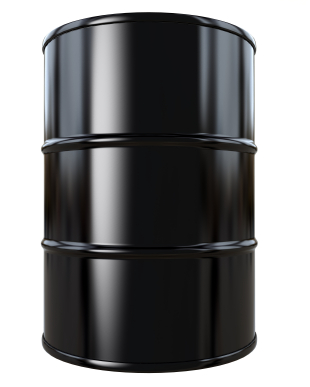WHAT IS BARITE

Barite is the primary, naturally occurring, barium-based mineral. Barium, atomic number 56, derives its name from Greek and means heavy. Barite is also known as baryte, and in Missouri is known as "tiff”. The primary countries in which commercial deposits of barite are currently found are the United States, China, India and Morocco. Barite’s high density and chemical inertness make it an ideal mineral for many applications.
The chemical formula for barite is BaSO4. It has a high specific gravity of 4.50 g/cm3. Its Mohs hardness is 3.0 to 3.5. Barite, which may be found in a variety of colors including yellow, brown, white, blue, gray, or even colorless, typically has a vitreous to pearly luster.
Barite may be found in conjunction with both metallic and nonmetallic mineral deposits. To be economically viable for extraction, barite usually needs to be the predominant material in a deposit. The types of deposits in which it is normally found include vein, residual, and bedded. Vein and residual deposits are of hydrothermal origin, while bedded deposits are sedimentary.
Major deposits in the United States have been found in Georgia, Missouri, Nevada and Tennessee. In Canada, the mineral has been mined in the Yukon Territory, Nova Scotia and Newfoundland. In Mexico, barite deposits have been discovered in Hermosillo, Pueblo, Monterrey and Durango.
Drilling Industry: The overwhelming majority of the barite that is mined is used by the petroleum industry as a weighting material in the formulation of drilling mud. Barite increases the hydrostatic pressure of the drilling mud allowing it to compensate for high-pressure zones experienced during drilling. The softness of the mineral also prevents it from damaging drilling tools during drilling and enables it to serve as a lubricant. The American Petroleum Institute (API) has established specifications for the use of barite in drilling mud.
Medical Industry: An application where many people have heard of barite is within the medical field. A high-purity form of barite is used in the gastrointestinal tract where its density prevents x-ray penetration, and thus is visible on an x-ray. The outline of the gastrointestinal tract thus becomes visible allowing the determination of normal and abnormal anatomy.
Other Uses: Barite is also used in a wide variety of other applications including plastics, clutch pads, rubber mudflaps, mold release compounds, radiation shielding, television and computer monitors, sound-deadening material in automobiles, traffic cones, brake linings, paint and golf balls.
According to www.ima-na.org
| TTM VIET NAM TRADING AND SERVICE COMPANY LIMITED Add: No. 5, Line L, Group 15, Mai Dich culture & art quarter, Mai Dich ward, Cau Giay district, Hanoi, Vietnam Tel: (+84) 936.22.26.29 * Email: minhtt@ttmvietnam.com.vn |
Design by VNTDC |
